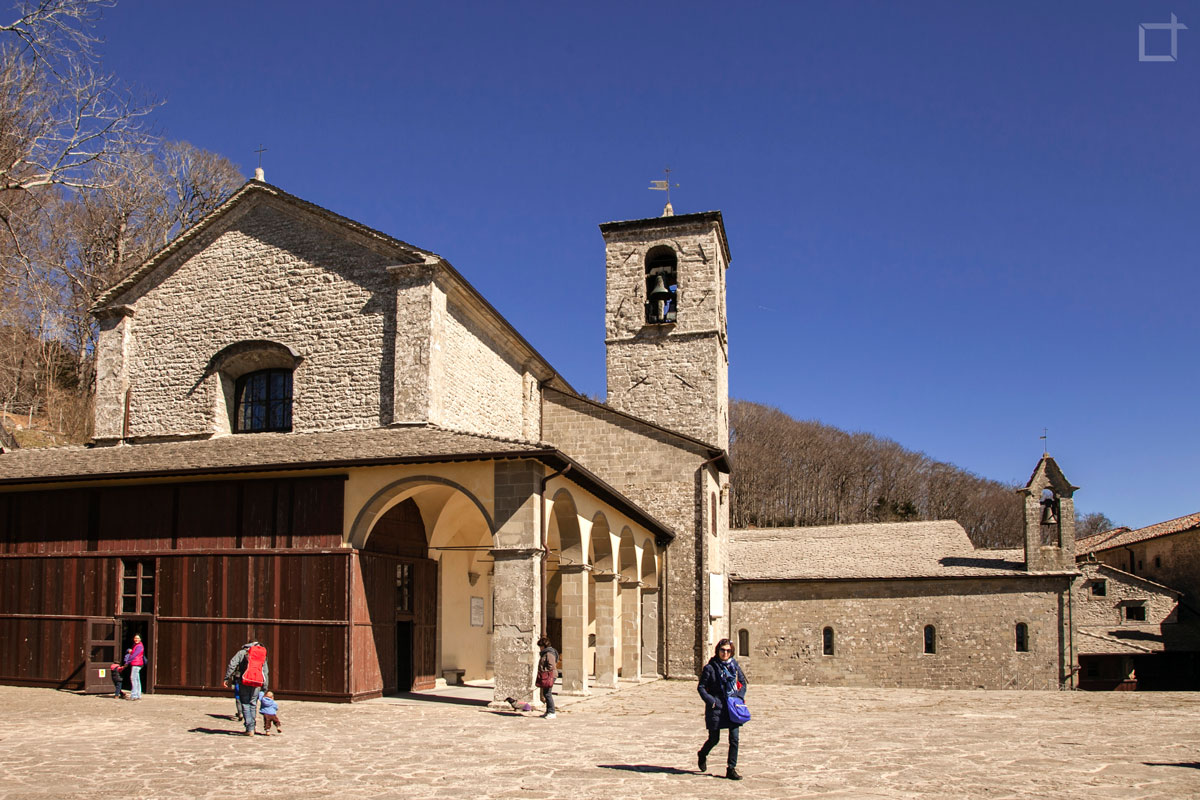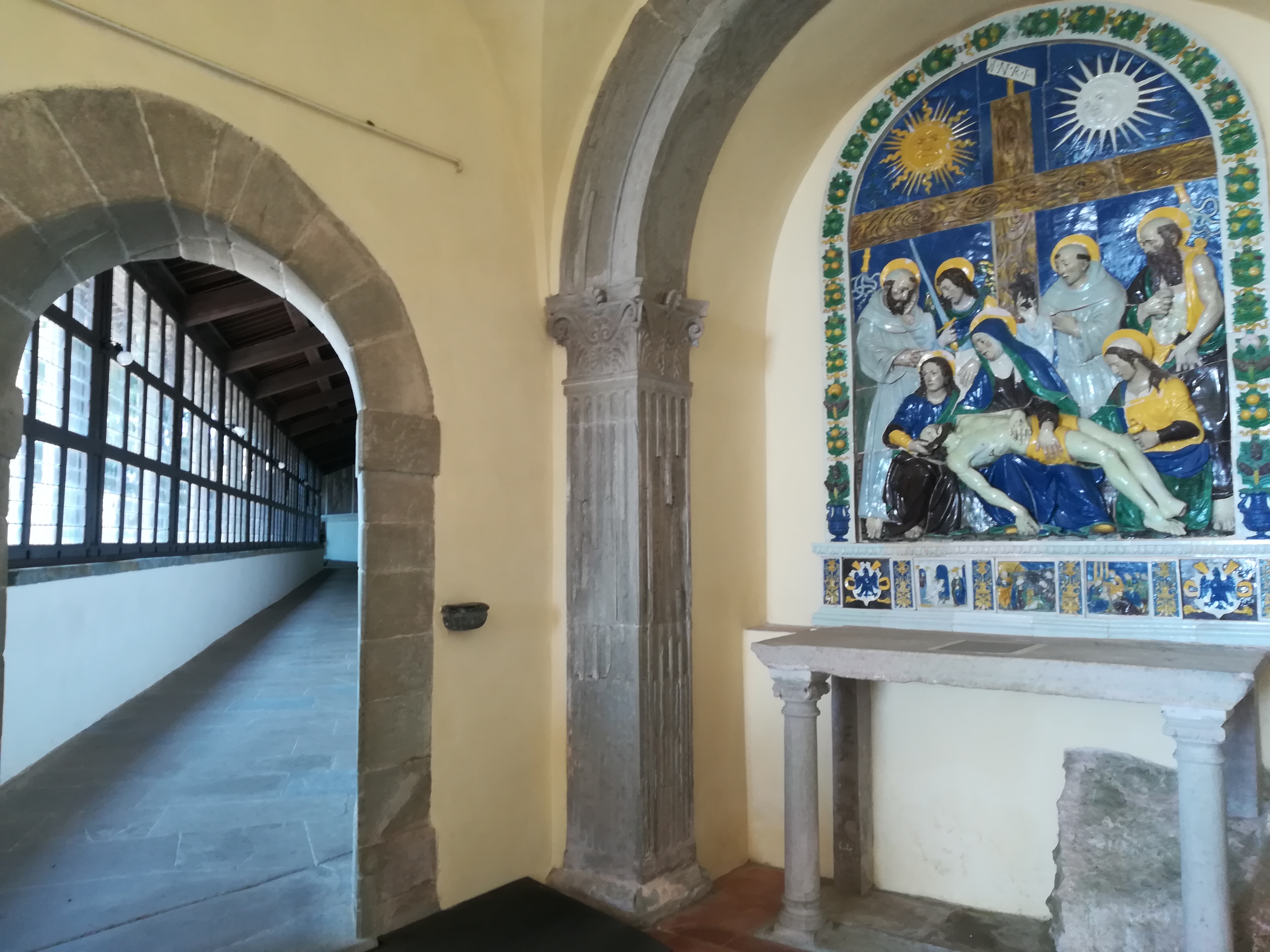

Michael, and while he was absorbed in prayer, he received the stigmata. He retired in August, for a 40-day fast in preparation for the feast of St. The last visit of Francis to the mountain was in the summer of 1224. The decisive impulse to the development of a large monastery was given by the episode of the stigmata (1224). Some small cells were built and the church of Santa Maria degli Angeli (1216–18). It became a place of numerous and prolonged periods of withdrawal. Francis in the spring of 1213 met the Count Orlando of Chiusi della Verna, who, impressed by his preaching, made a gift of La Verna to him and his followers. La Verna is one of the most famous monasteries of the Casentino, and one of the most important Franciscan. The same meaning associated with the worship of the god of the mountain Pen, from which the Apennines and Mount Pen are named. The crevices and other hiding places in this territory, suggest such a purpose. The municipality of Chiusi della Verna in the valley is also named for the goddess. The ancient pagan worship of the goddess Laverna, was the protector of refugees. This sacred Mount, for ancient tradition of memory it is known, and for many authors, that it was named Laverna after a temple of Laverna, pagan goddess of thieves, built there, and attended by many crassatori and thieves who were in the thick forest that covers it and thick, deep and horrible caves and ravines, where they dwelt safe to loot and plunder them wayfarers." Father Salvatore Vitale, a Franciscan scholar of the seventeenth century, wrote: "About the reason why this Sacred Mount was called Laverna. Ī sanctuary was built atop a place of worship site of the ancient goddess Laverna. In August 1921 Pope Benedict XV elevated the church to the status of minor basilica. Built in the southern part of Mount Penna at 1,128 metres (3,701 ft) high, the Sanctuary is home to numerous chapels and places of prayer and meditation Francis of Assisi would receive the stigmata on September 14, 1224. The Sanctuary of La Verna, located a few kilometers from Chiusi della Verna (Arezzo), in the National Park of Casentino Forests, Mount Falterona and Campigna, is famous for being the place where St. Administratively it falls within the Tuscan province of Arezzo and the comune of Chiusi della Verna, Italy.


The place is known especially for its association with Saint Francis of Assisi (he is said to have received the stigmata here) and for the Sanctuary of La Verna (Santuario della Verna), which grew up in his honour. La Verna ( Latin: Alverna is a locality on Mount Penna ( Italian: Monte Penna), an isolated mountain of 1,283 metres (4,209 ft) situated in the centre of the Tuscan Apennines, rising above the valley of the Casentino, central Italy.


 0 kommentar(er)
0 kommentar(er)
